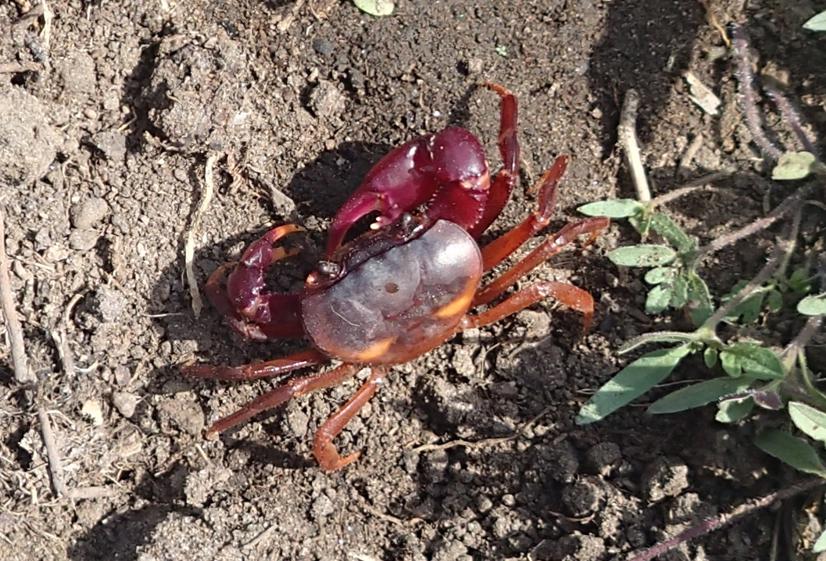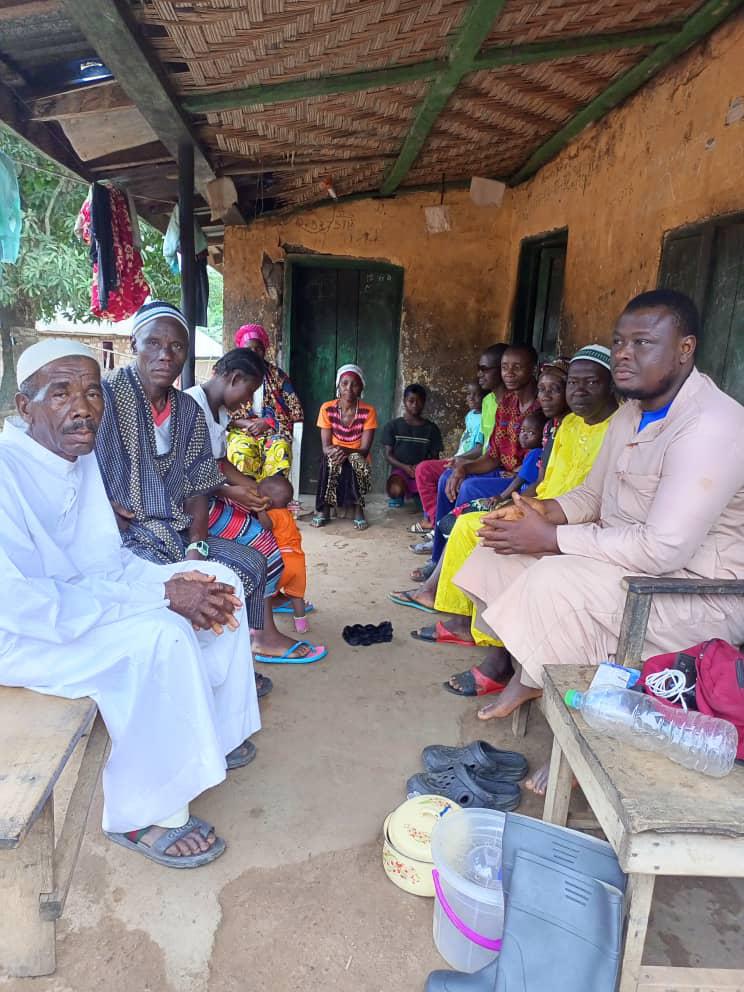Hassan Sesay
Other projects
21 Jan 2025
Conservation of the Critically Endangered Freshwater Crab (Afrithelphusa Gerhildae) at the Outamba-Kilimi National Park, Sierra Leone, Through Monitoring Strategies
Afrithelphusa afzelii is a critically endangered species that was previously thought to be possibly extinct because until recently it was last seen in 1796. There were no precise locality details (other than just ‘Sierra Leone’) provided on its museum label, and there were no notes on its habitat, making its distribution and all other aspects of its biology completely unknown. The lost species was rediscovered in 2021 by my supervisor Dr. Pierre A. Mvogo Ndongo (University of Douala, Cameroon) from a locality in farmland on the edge of a small remaining tract of primary lowland rainforest the Moyamba District in the Southern Province of Sierra Leone. The fieldwork was organised by Prof. Neil Cumberlidge (Northen Michigan University, USA), facilitated by Dr. Sankoh (Fourah Bay College, University of Sierra Leone) and financial support by Re:Wild. The find was the result of three weeks of intense survey work and an element of luck that involved following up local reports of land crabs living inland about 100 km from Freetown. This exciting discovery allowed initial assessment of its biology which will be further developed in the proposed project. Afrithelphusa afzelii lives some distance from permanent water where more common species of freshwater crabs are typically found and appears to be adapted to life in marginal habitats in closed canopy rainforest such as living in burrows on the forest floor. This species is clearly a semi-terrestrial freshwater crab that can breathe air and comfortably inhabit terrestrial environments.

Afrithelphusa afzelii. Photo by Dr. Pierre A. Mvogo Ndongo.
The framework of this project is to begin at the only known locality in Moyamba District and expand the search for this species to nearby areas with a similar habitat in order to assess the AOO and EOO of this species. It is of concern that the locality where it was rediscovered is now farmland, which was formerly lowland tropical forest, and is in an unprotected area as far as conservation of this species is concerned. This part of Sierra Leone is undergoing deforestation and habitat disturbance associated with increasing human populations and accompanying encroachment of agriculture onto undisturbed aquatic and forest ecosystems.

Sensitization Programs from Moyamba. ©Hasan Sesay.
The project aims to collect information on the distribution, habitat requirements, population levels and trends, and threats to this species that can form the basis of a Species Action Plan for its long-term protection. Such a plan will also include educational messaging targeted at the local population and local governments on the benefits and importance of protecting rare species and the habitats upon which they depend.